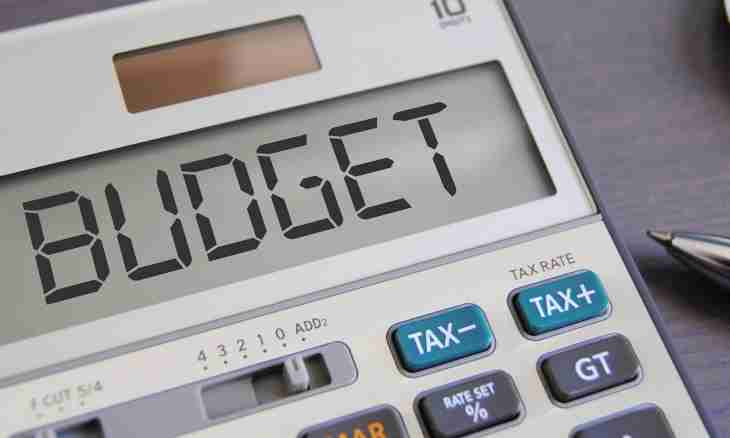The period is called the period between identical phases of two adjacent fluctuations. It is measured in seconds and is inversely proportional to frequency. It can both be measured, and to calculate.
Instruction
1. It is expedient to measure the period in case the frequency of fluctuations is small. If it less than one hertz, use for this purpose a usual stop watch, defining a period between flashes of a lamp, fluctuations of the pendulum, clicks of a metronome, etc. In case of higher frequencies which are outside lag effect of human sense organs it is possible to switch a frequency meter to the mode of measurement of the period (if the device has such potential).
2. If the frequency of fluctuations is high, and the frequency meter does not possess function of direct measurement of the period, transfer frequency to SI units (hertz), and then use the following formula: T=1/f where T is the period (c), f is the frequency (Hz).
3. In case in basic data the cyclic frequency expressed in radians in a second is specified in the beginning transfer it to usual frequency: f=ω/2π where f is the frequency (Hz), ω - cyclic frequency (I am glad / c), π - number "пи", 3.1415926535 (dimensionless size). After that determine the period by frequency as it is stated above.
4. At the solution of a task in which condition as initial sizes the wavelength and speed of distribution of fluctuations are specified transfer both sizes to SI units in the beginning - respectively, meters (m) and meters per second (m/s), and then set up them in the following formula: f=v/λ where f is the frequency (Hz), v is the speed of distribution of fluctuations (m/s), λ - the wavelength (m). After calculation of frequency the problem of determination of required size - the period, as well as in the previous case, will come down to described in a step 2.

